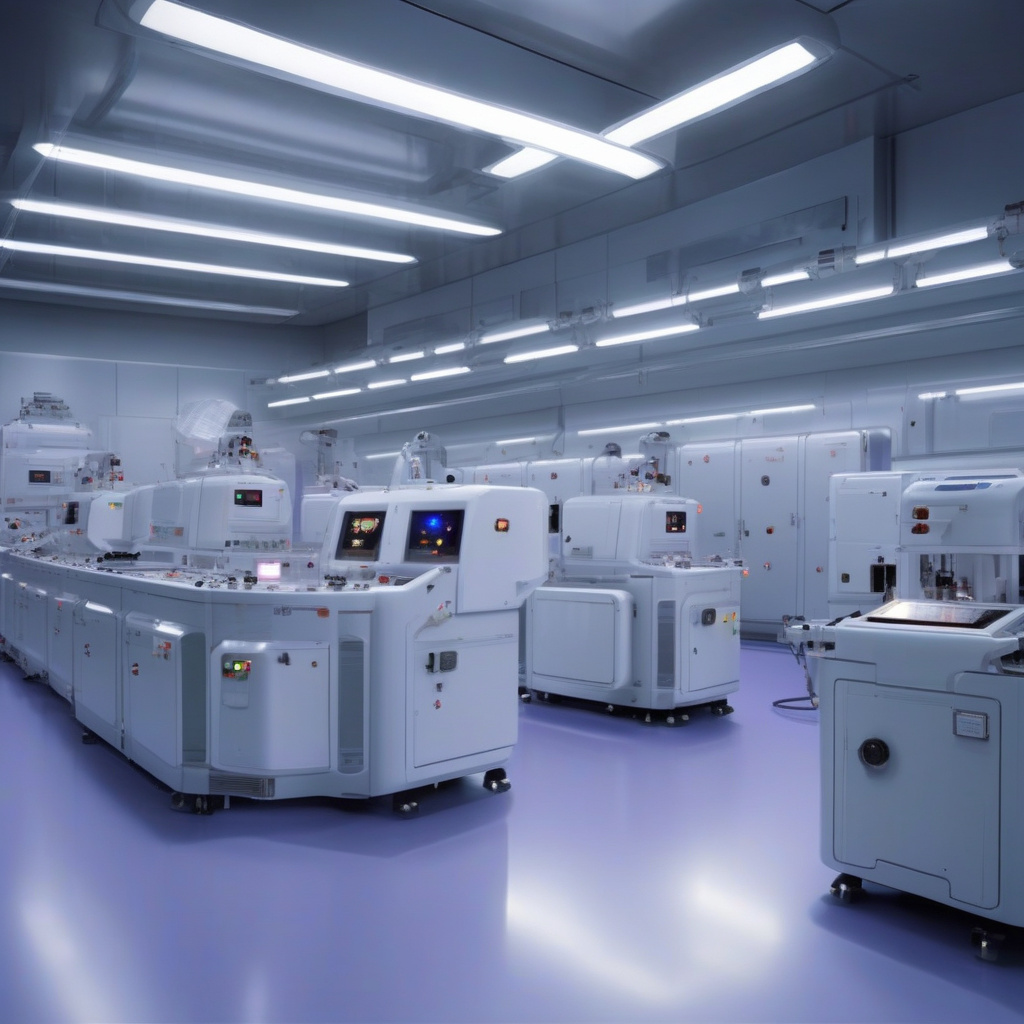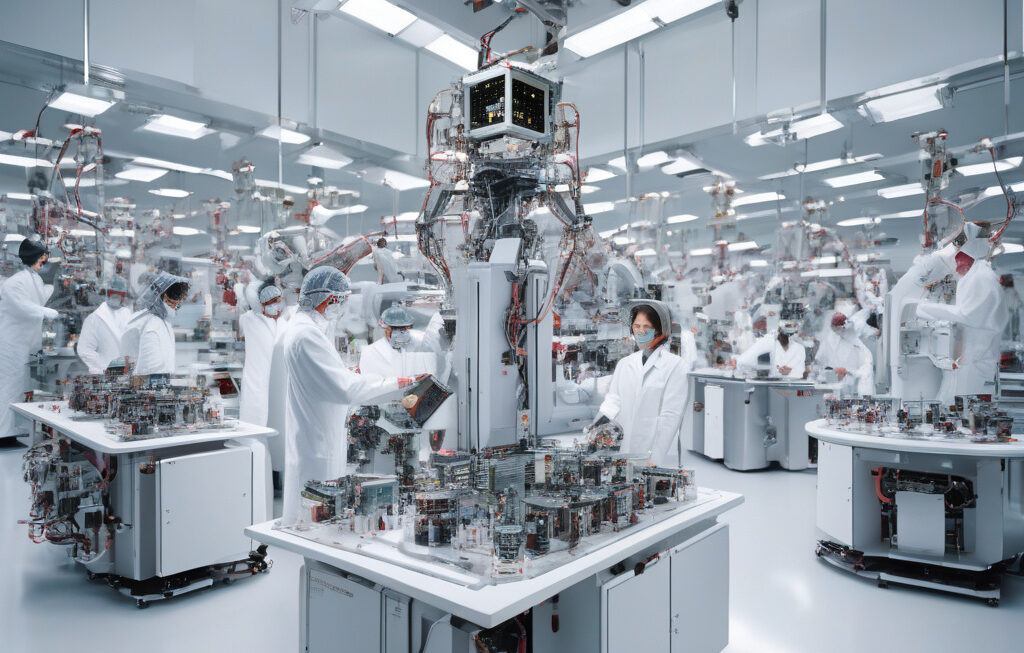China’s Breakthrough Solid-State Deep Ultraviolet Laser Could Transform Chipmaking
Scientists from the Chinese Academy of Sciences (CAS) have reportedly made a major ‘breakthrough’ in solid-state deep ultraviolet (DUV) laser technology that could revolutionize the chipmaking industry. This innovation has the potential to address critical challenges faced by the semiconductor industry, paving the way for more efficient and advanced electronics manufacturing processes.
The development of this high-power, solid-state DUV laser is a significant achievement that could have far-reaching implications for various technological applications. One of the key areas where this breakthrough is expected to make a significant impact is in the production of semiconductor chips. The ability to generate deep ultraviolet light with high power and stability is crucial for the fabrication of next-generation microchips with smaller feature sizes and increased processing speeds.
Traditional chipmaking processes rely on deep ultraviolet lithography to etch circuit patterns onto silicon wafers. However, the existing DUV laser sources are often limited by their power output and efficiency, leading to challenges in achieving the desired levels of precision and productivity in semiconductor manufacturing. The new solid-state DUV laser developed by CAS scientists promises to overcome these limitations and enable more precise and reliable chip production processes.
By harnessing the power of solid-state laser technology, researchers have been able to achieve breakthrough performance in terms of output power, beam quality, and wavelength stability. This advancement opens up exciting possibilities for enhancing the resolution and accuracy of lithography systems used in semiconductor fabrication. With improved laser capabilities, manufacturers can push the boundaries of chip design and produce cutting-edge devices that offer superior performance and functionality.
Moreover, the development of a domestically-produced solid-state DUV laser represents a strategic advantage for China in the global semiconductor industry. By reducing reliance on foreign technology suppliers, Chinese chipmakers can strengthen their competitiveness and accelerate the pace of innovation in this critical sector. This homegrown technological breakthrough not only enhances China’s capabilities in semiconductor manufacturing but also signals the country’s growing leadership in advanced research and development.
The successful demonstration of the solid-state DUV laser highlights the importance of sustained investment in scientific research and collaboration between academia and industry. The expertise and resources of institutions like the Chinese Academy of Sciences play a crucial role in driving technological progress and addressing key challenges faced by the semiconductor sector. By fostering a conducive environment for innovation and knowledge sharing, China is positioning itself as a key player in shaping the future of electronics manufacturing.
In conclusion, China’s breakthrough in solid-state deep ultraviolet laser technology holds immense promise for transforming the chipmaking industry. The development of this advanced laser system opens up new possibilities for enhancing the efficiency, precision, and scalability of semiconductor manufacturing processes. As the demand for faster, more powerful microchips continues to rise, innovations like the solid-state DUV laser will play a vital role in driving the next phase of technological evolution in the electronics industry.
semiconductor, chipmaking, innovation, technology, China











